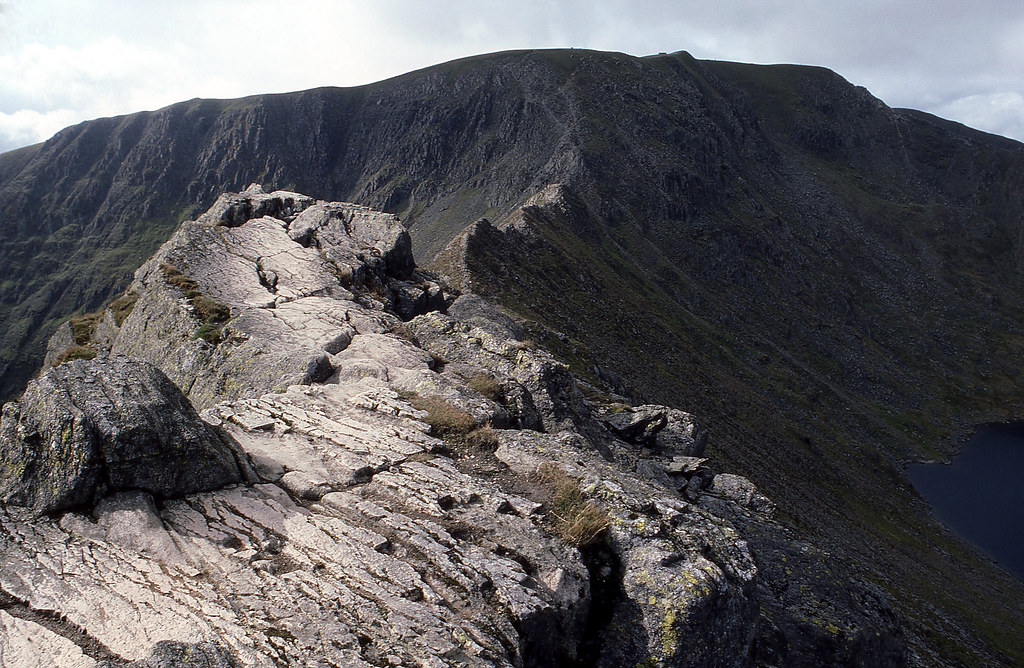I've had flat-beds, but not lately & never Epson - however - I can't imagine much wrong with Epson Scan as long as it has an 'expert' mode where you can set levels / curves at least, after the preview's loaded and before the scan. That's to start on the best foot, and if you can export in 16-bit too, go for it. It's about maximising your chances - if your processing software can handle 16-bit? It might for some functions, and not others till you've converted down to 8-bit, but you leave that as late in the workflow as you can. Equally, stay tiff as long as possible.
Forget all this if you just want to post on Fartbook, in which case who cares?




 Helvellyn, Striding Edge
Helvellyn, Striding Edge





